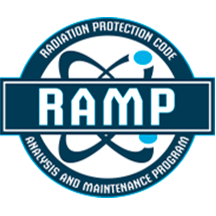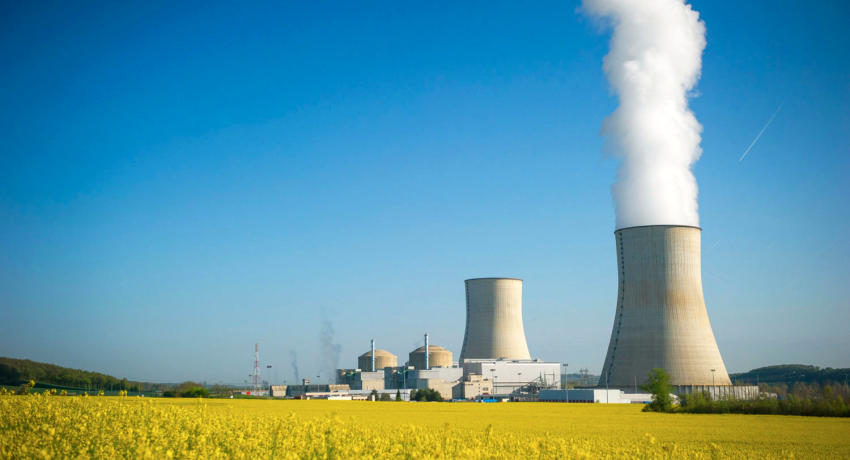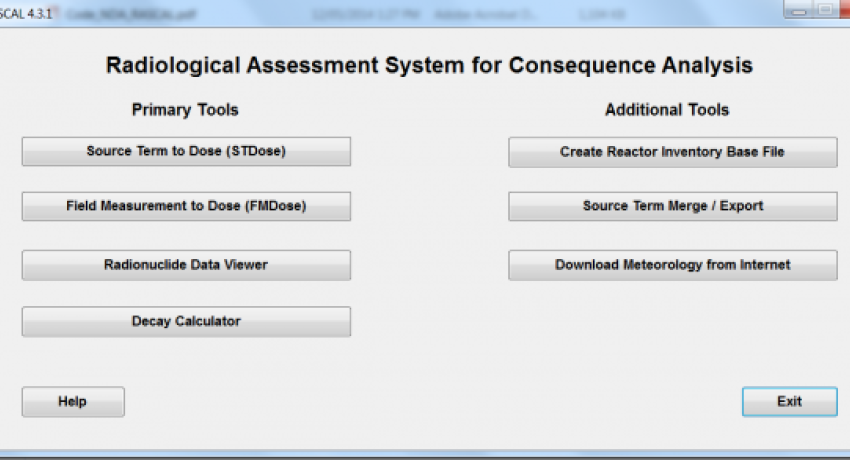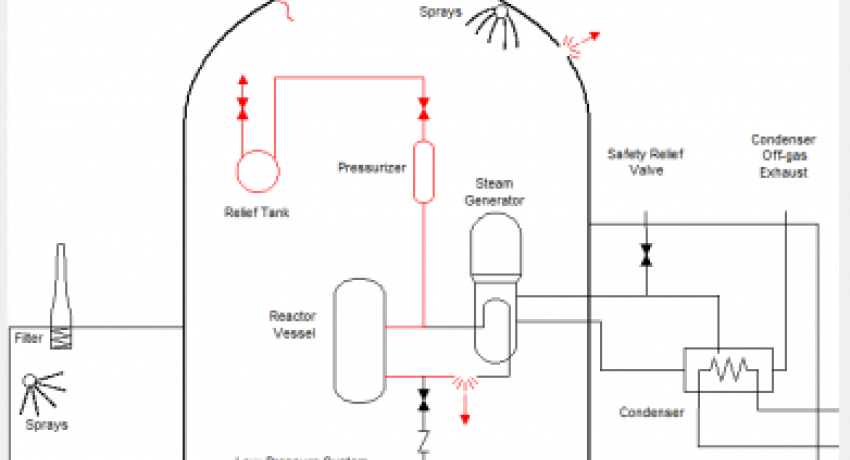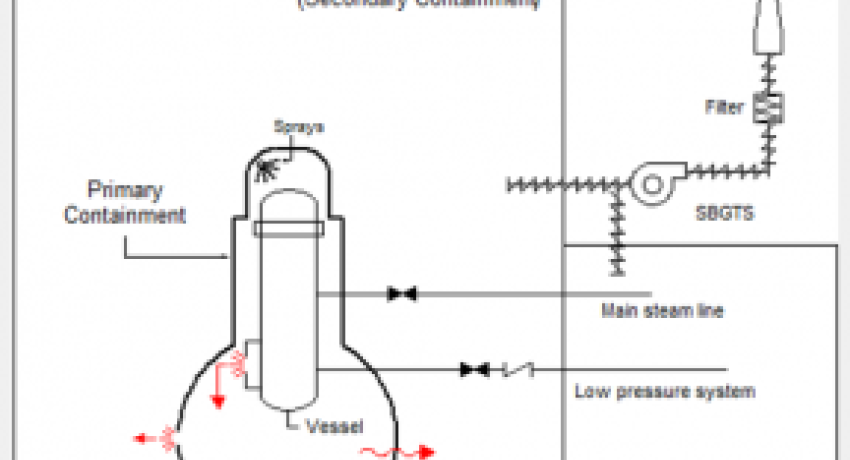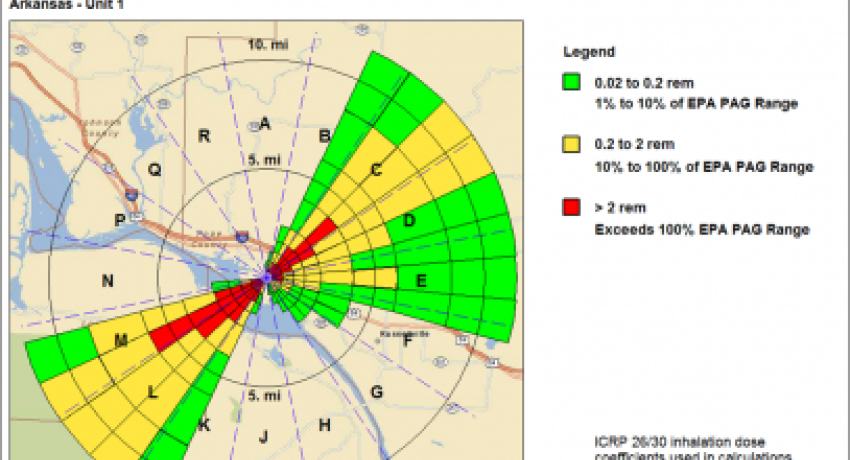Radiological Assessment System for Consequence Analysis for radiological emergencies
The RASCAL code is a tool used by the Protective Measures Team in the U.S. Nuclear Regulatory Commission's (NRC's) Operations Center for making independent dose and consequence projections during radiological incidents and emergencies. RASCAL was developed by NRC over 25 years ago to provide a tool for the rapid assessment of an incident or accident at an NRC-licensed facility and aid decision-making such as whether the public should evacuate or shelter in place. RASCAL evaluates atmospheric releases from nuclear power plants, spent fuel storage pools and casks, fuel cycle facilities, and radioactive material handling facilities. Its data is not the only criterion used by the local authorities during an accident, but certainly an important one.
Additional information on RASCAL can be viewed in the video, Introduction to RASCAL.
RASCAL has been continually upgraded and improved upon to include updated source term models, atmospheric transport models, nuclear power plant site-specific data and updated computer calculation methods.
